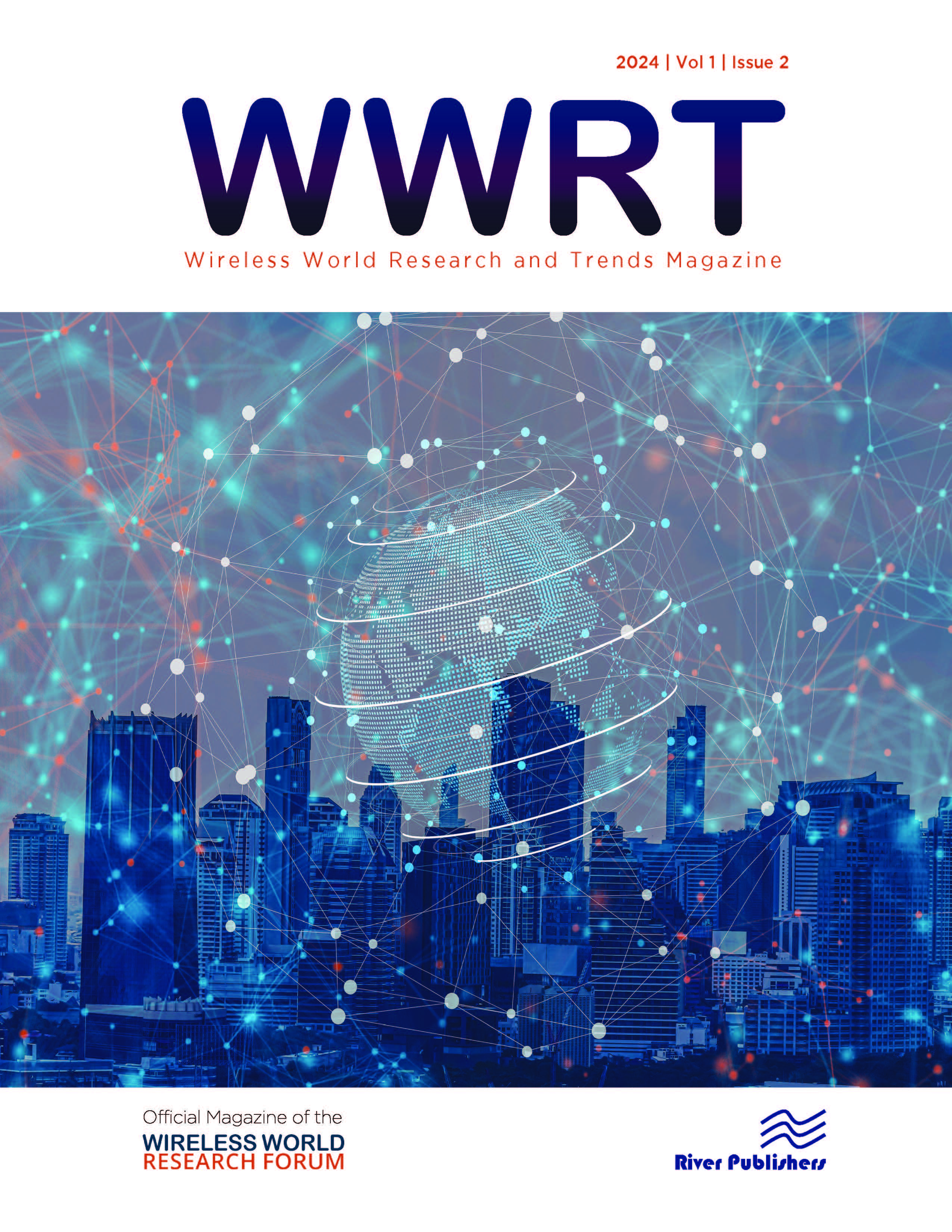Abstract
This paper presents a multi-tier Federated Learning (FL) architecture designed to optimize energy efficiency in 6G, with particular emphasis on compliance with the Network Data Analytics Function (NWDAF) standards defined by 3GPP. Unlike existing FL architectures that often overlook energy efficiency and lack full integration with network functions like NWDAF, our proposed architecture integrates AI-driven strategies across multi layers. This multi-tier approach dynamically adjusts computation and communication rounds, reducing energy consumption while maintaining high model accuracy and network performance. By addressing challenges such as data heterogeneity and personalisation through adaptive training, intelligent routing, and advanced model aggregation, the architecture significantly enhances energy efficiency. Initial simulations, aligned with NWDAF processing requirements, underscore the architecture’s suitability for deployment in 6G , offering a scalable, energy-efficient, and privacy-preserving solution that aligns with industry standards and addresses key challenges in distributed learning.
References
3GPP, “Architecture enhancements for 5G System (5GS) to support network data analytics services,” Technical Specification (TS) 23.288, 3rd Generation Partnership Project (3GPP), 09 2022, version 17.6.0.
3GPP, “Architecture enhancements for 5G System (5GS) to support network data analytics services,” Technical Specification (TS) 23.288, 3rd Generation Partnership Project (3GPP), 03 2024, version 18.5.0.
3GPP, “Architecture enhancements for 5G System (5GS) to support network data analytics services,” Technical Specification (TS) 23.288, 3rd Generation Partnership Project (3GPP), 09 2024, version 19.0.0.
Y. Xiao, G. Shi, and M. Krunz, “Towards ubiquitous AI in 6G with federated learning,” arXiv preprint arXiv:2004.13563, 2020.
N. Hu, Z. Tian, X. Du, and M. Guizani, “An energy-efficient in-network computing paradigm for 6G,” IEEE Transactions on Green Communications and Networking, vol. 5, no. 4, pp. 1722–1733, 2021.
Z. Wang, Y. Zhao, Y. Zhou, Y. Shi, C. Jiang, and K. B. Letaief, “Over-the-Air Computation for 6G: Foundations, Technologies, and Applications,” IEEE Internet of Things Journal, 2024.
D. C. Nguyen, M. Ding, P. N. Pathirana, A. Seneviratne, J. Li, D. Niyato, O. Dobre, and H. V. Poor, “6G Internet of Things: A comprehensive survey,” IEEE Internet of Things Journal, vol. 9, no. 1, pp. 359–383, 2021.
T. Nishio and R. Yonetani, “Client selection for federated learning with heterogeneous resources in mobile edge,” in ICC 2019-2019 IEEE international conference on communications (ICC), pp. 1–7, IEEE, 2019.
L. Shanmugam, R. Tillu, and M. Tomar, “Federated learning architecture: Design, implementation, and challenges in distributed AI systems,” Journal of Knowledge Learning and Science Technology ISSN: 2959-6386 (online), vol. 2, no. 2, pp. 371–384, 2023.
S. Wang, T. Tuor, T. Salonidis, K. K. Leung, C. Makaya, T. He, and K. Chan, “Adaptive Federated Learning in Resource Constrained Edge Computing Systems,” IEEE Journal on Selected Areas in Communications, vol. 37, no. 6, pp. 1205–1221, 2019.
L. Qian, P. Yang, M. Xiao, O. A. Dobre, M. D. Renzo, J. Li, Z. Han, Q. Yi, and J. Zhao, “Distributed Learning for Wireless Communications: Methods, Applications and Challenges,” IEEE Journal of Selected Topics in Signal Processing, vol. 16, no. 3, pp. 326–342, 2022.
B. Satwat, D. Tasos, K. Kasra and I. Muddesar "Architectural blueprint for heterogeneity-resilient federated learning," IET 6G and Future Networks Conference (IET 6G 2024), London, UK, 2024, pp. 62-68, doi: 10.1049/icp.2024.2236.

